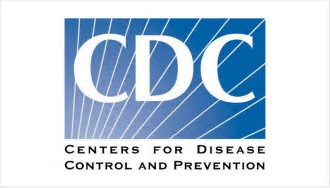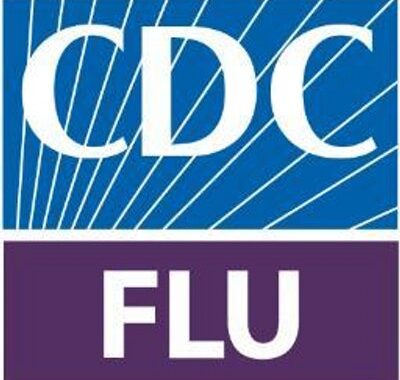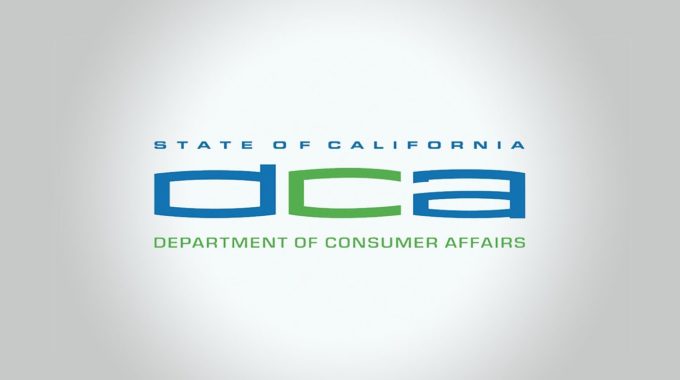As flu season intensifies, dental healthcare personnel (DHCP) play a vital role in protecting both…

CDC’s Best Practices for Preventing Infection During Oral Surgical Procedures
 The US Centers for Disease Control and Prevention (CDC) has published recommended best practices to prevent infections during oral surgical procedures. The CDC defines surgical procedures as those that involve the incision, excision, or reflection of skin or oral mucosa that exposes the normally sterile areas of the oral cavity. Some examples given by the CDC are biopsy, periodontal surgery, and teeth extractions.
The US Centers for Disease Control and Prevention (CDC) has published recommended best practices to prevent infections during oral surgical procedures. The CDC defines surgical procedures as those that involve the incision, excision, or reflection of skin or oral mucosa that exposes the normally sterile areas of the oral cavity. Some examples given by the CDC are biopsy, periodontal surgery, and teeth extractions.
According to the CDC, oral surgical procedures raise the risk of local or systemic infection. Microorganisms from inside or outside the mouth can enter areas of the body that are normally sterile, such as bone, subcutaneous tissue, or the vessels that carry blood and lymph through the body.
To minimize the risk of infection during oral surgical procedures, CDC recommends that, in addition to performing surgical hand hygiene and using sterile surgical gloves, dental healthcare personnel (DHCP) should use sterile coolants/irrigants such as sterile saline or water during surgical procedures involving soft tissue or bone using a sterile or single-use delivery device (bulb syringe and/or tubing).
For our OSHA Review subscribers… In California, the Dental Board of California (DBC) Infection Control Regulation requires that sterile coolants/irrigants must be used for surgical procedures involving soft tissue or bone, delivered using a sterile delivery system
OSHA Review, Inc. a registered continuing education provider in the State of California, specializing in Dental Practice Act, infection control, and Cal/OSHA training. OSHA Review subscribers in California receive updated regulatory compliance and infection control training thorough our bi-monthly newsletter.


